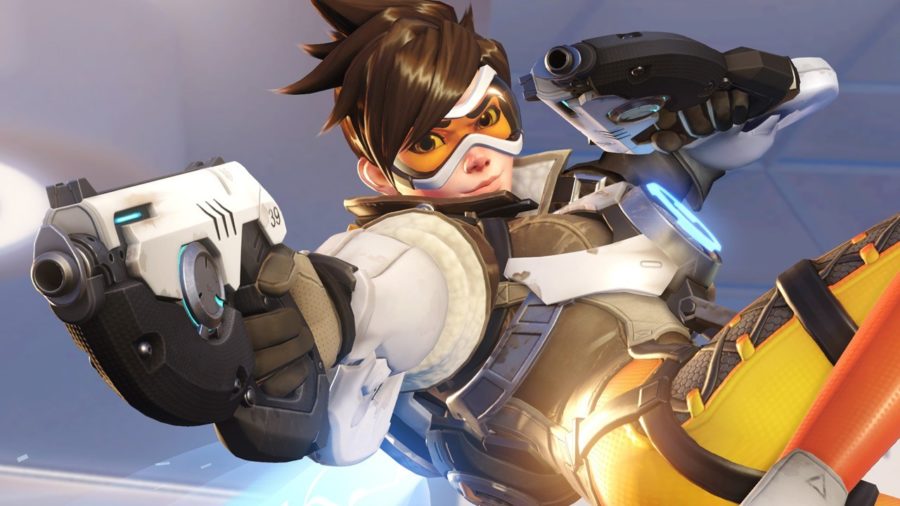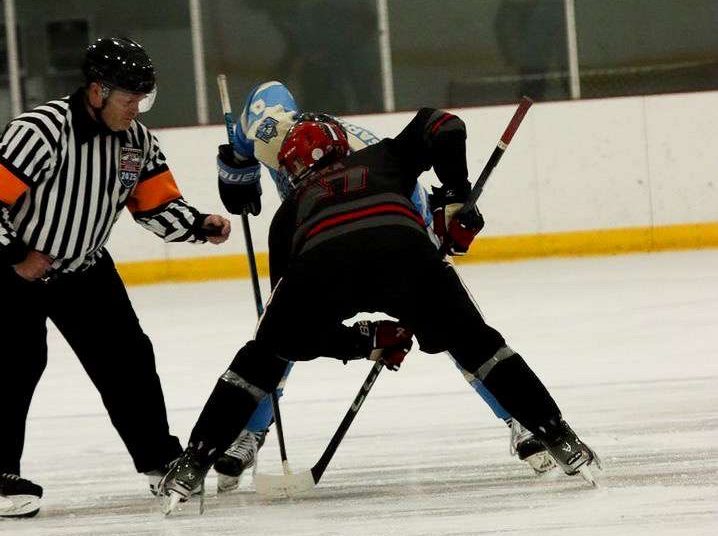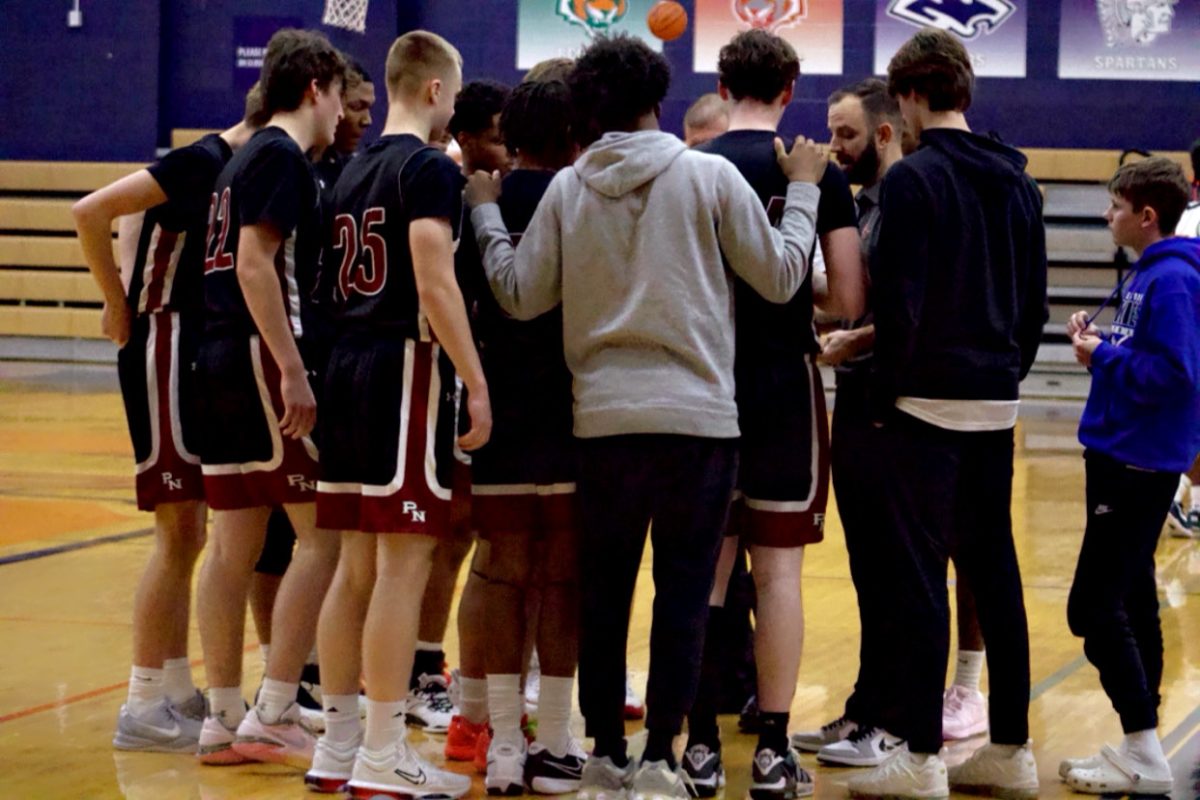Why Overwatch saved the class-based shooter genre
October 5, 2016
Right now, I am in love with Blizzard’s first person shooter “Overwatch.” It is easily one of my top 5 games of the year, either for its extensive line up of characters (labeled as ‘Heroes’ in game) or the overall feeling of the game.
As of Sept. 23, there are 22 heroes in “Overwatch” with 3 more confirmed for later release. The characters range from Bastion, a robot who can turn himself into a deadly turret, to Tracer, who can rewind her own time to escape enemies and gain back her health.
Before “Overwatch” launched earlier this year, the class based shooter genre was primarily dominated by “Team Fortress 2.” “TF2” was published in 2007, and is soon approaching its 10 year anniversary. Regardless, the player scene is decreasing. With the games creator Valve focusing more on other titles such as “Counter Strike: Global Offensive” and “Dota 2.”
So, the genre was being controlled by a slowly dying game not even noticed by its own producers. It wasn’t until 2015 when the closed alpha for “Overwatch” started that gamers in the scene started to realize that something magical was about to happen.
Even in closed alpha, eSports players were leaving Team Fortress and moving over to “Overwatch” A big example is Splyce, a team made up entirely of past TF2 pro players. One in every four teams in the pro scene for “Overwatch” have at least one past “Team Fortress 2” professional players in their roster.
Overall reviews for “Overwatch” were giving praise to Blizzard for making an FPS that’s not only fun and addicting, but heavily focused on team play rather than individual play.
The basic team composition in “Overwatch” is two healers, two tanks, and two attack or defense characters depending on the game mode. If you have a certain hero in your setup, you can put a leg up on the other team if they are played correctly.
If you have a Lucio as one of your healers, you can get a speed boost if you are in range of him. If you have a Reinhardt, he can provide a shield against most projectiles. If you have a Mei, she can freeze people and make them a bit easier to hit.
Different teams use different types of strategies for matches. Every setup n be different in some way. In the competitive format, there cannot be 2 of the same hero on a team. That means you can’t have two Reinhardt’s making a double shield.
So that brings up the question, “What is the best strategy?” It really depends on how good a player is at a certain hero. A huge part of being good with a hero is learning how to control your ultimates. Ultimates are powerful abilities that can be used by filling up a meter. You can fill up your meter by doing damage, or healing if you’re a support character. Certain heroes can ‘combo’ their ultimates. Using Zarya’s Graviton Surge to pull enemies into an area, can completely wipe a team if used with a Death Blossom from Reaper.
The overall diversity with “Overwatch” and the absence of similarities to other first person shooters, makes the game one of the most unique class based shooters out there. “Overwatch” shows that you don’t need blood or swearing to make a good game. It fills the void that “Team Fortress 2” left in me after the scene died. People 10 years from now could look at “Overwatch” like we look at “Mario” today. I am really interested in seeing what happens in the near future regarding new heroes, new maps, and new game-modes. Blizzard has already confirmed that there will be no costs for downloadable content to come with “Overwatch” meaning that as soon as it comes out, you will not have to pay for it. The only microtransactions present are loot boxes. With one of the biggest fan bases in the world, “Overwatch” is a step in the right direction for first person shooters.







